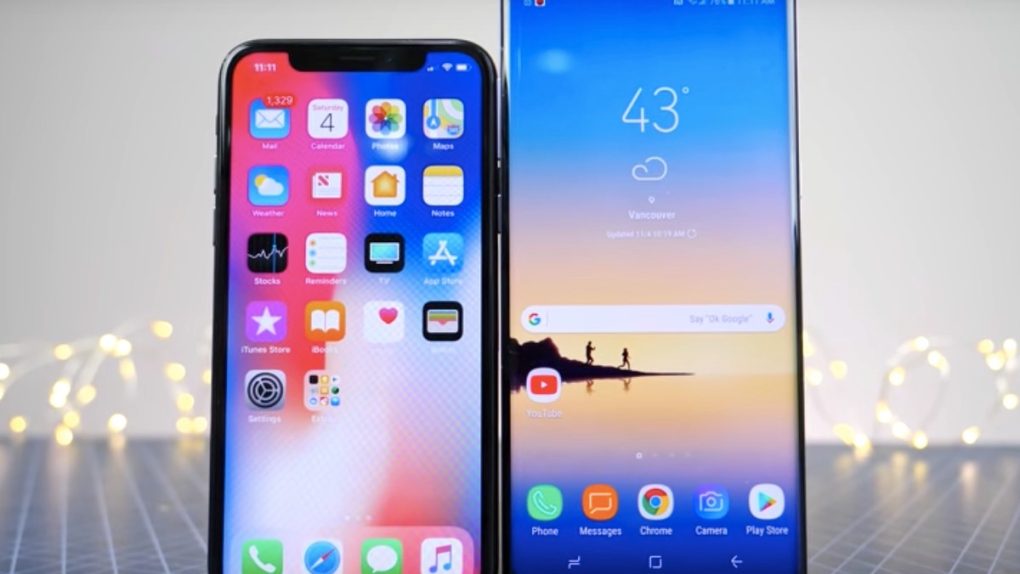There’s much talk and confusion right now about the iPhone X being discontinued once its replacements arrive this year, on account that it’s not meeting sales estimates.
If Apple does discontinue the iPhone X after only a year of sales, something that hasn’t happened since the iPhone 5, it won’t be because of poor sales. Yes, demand may be lower than what forecasts said, but the iPhone X has been selling like crazy. A new report says that the iPhone X was the best-sold smartphone in the Christmas quarter, and that’s even though the phone was available for sales for only two months during the period.
A new Canalys report says that Apple shipped 29 million iPhone X units during the December quarter. That’s one million iPhone X sales every two days. China accounted for 7 million, which is an impressive performance.
“The iPhone X performance is impressive for a device priced at US$999, but it is slightly below industry expectations,” Canalys analyst Ben Stanton said.
“Apple struggled with supply issues in early November but achieved a massive uplift in production in late November and throughout December. This helped it meet and even exceed demand in some markets by the end of the quarter. One major benefit to Apple is that customers are increasingly realizing the residual value of their old smartphones, opting for trade-in programs to offset the high price of the iPhone X. But that big price tag, and Apple’s split launch strategy, still had an impact, and shipments were not the fastest ever for an iPhone.”
The report doesn’t mention sales estimates for devices from the competition including the Galaxy S8, Note 8 or the Pixel 2.
Apple, meanwhile, has not shared any details about its iPhone sales for the fourth quarter of 2017. And when it does release the numbers for the period, don’t expect it to tell anyone how many iPhone X units it sold.
In addition to strong iPhone X sales, the iPhone SE, 6s, 7, and 8 also “shipped well” in Q4. “Apple is looking at its best performance to date, all thanks to the massive changes it made to its portfolio in Q3,” Canalys analyst TuanAnh Nguyen said.
“This strategy has hedged Apple’s risk as it upgrades the iPhone, in both design and user experience. While new technologies, such as Face ID and bezel-less displays, help to justify the US$999 price tag and maintain competitiveness with Samsung, Huawei and Google, having a larger portfolio allows Apple to meet its overall shipment targets, and protect its market leadership in the premium segment.”
Again, Apple will not reveal the iPhone split during its earnings call next week. But Canalys seems to expect record iPhone numbers for the December quarter.
The quote above also seems to explain why it makes perfect sense for Apple to remove the iPhone X from its lineup once the 2018 models arrive. It’s likely the company will keep selling various older iPhones alongside this year’s premium iPhones, which will still be very expensive. In such a scenario, discontinuing the iPhone X instead of cutting its price by the customary $100 might make a lot more sense for Apple.








